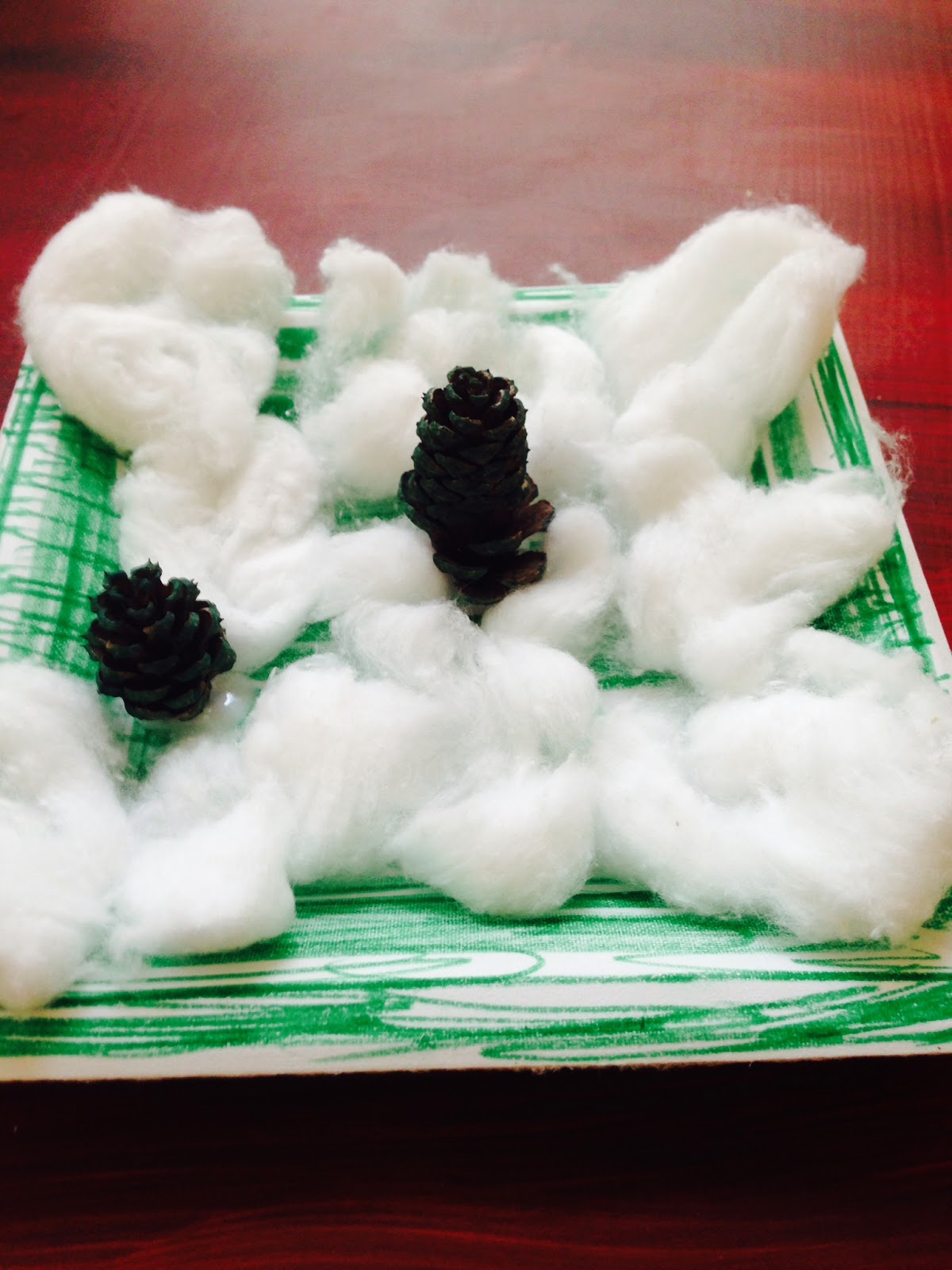We can never underestimate the importance of the beginning
of the day. Whether you are a family member or teacher, the way a child starts
his or her morning usually sets the tone for the remainder of the day. This can be combined with other key learning
goals to set the stage for a happy and productive day.
Families:
Before bed, look at the weather forecast together. Plan
appropriate clothing based on this prediction.
Ask your child what clothing is right for cold weather, rainy weather,
whatever is in the forecast. This will help develop vocabulary and will assist
your child in making decisions.
Sometimes children become attached to one piece of clothing.
You can help your child by narrowing choices. Show 2 shirts, etc., and let your
child make the final decision. This will decrease problems in the morning.
You can also sequence morning events with your child. For
example, you can say, first we will get out of bed, and then we will go to the
bathroom. You will next brush your teeth. You will then get dressed. Finally
you will eat breakfast before we go to school. This often gives children comfort
and confidence, as they know what will happen. It decreases tensions in the
morning.
Teachers:
Mornings are busy times for educators. But setting the tone
for the day is essential. We need to be
available to our children as they walk in the door. Sit in a small chair or
bend down to greet each child. Listen for any anxiety or trouble as children
tell you about their morning. Often
problems can be solved right at the classroom door! We suggest putting out fun,
meaningful, and child-friendly activities so that teachers can focus on
individual greetings rather than on managing the group.
Many times families want to tell you something important and
often believe the morning is the time to do this. While we want to hear from
those at home, we encourage them to write a note or call/email with any
information other than an emergency. We have found that when we explain to
families the importance of the morning greeting as a tone-setter for the day,
most families are more than willing to let the non-essential information wait
until later.
This is also a good time to help child use new words or even
tell you about the “sequence” of their morning. If it is snowing, you might
want to have individual children describe their outerwear. You can even have
them tell you about getting ready. For example, “Tell me what you put on first
– your coat, boots, mittens, or hat? What did you put on next?” This has the benefit of establishing a
personal connection with each child, encouraging verbalization and discussion
using sequence words along with understanding the relationship between weather
and appropriate clothing.
For more on
weather and appropriate dress, be sure to sign up for our free activities. Just
enter your email in the white box!
Standards Alignment:
NAEYC: 2.A.07,
2.B.01, 2D.03, 2D.06, 2G.04
Head Start:
IIA., IIB., VIIIB., XI. A.










